Pfffffffffffffffffffffffffffffffffffffff même pas 666 Dollars sur I Baille les Bottes Ace Frehley, je suis profondément déçu
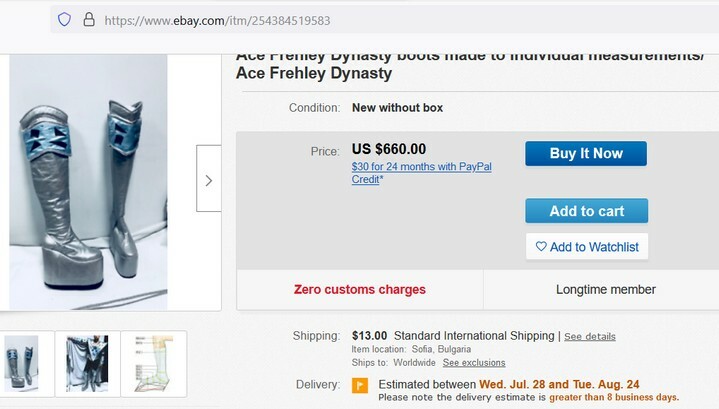


Pfffffffffffffffffffffffffffffffffffffff même pas 666 Dollars sur I Baille les Bottes Ace Frehley, je suis profondément déçu



To understand Buchanan’s impact on the history of the Fender Telecaster, you need to explore the guitar’s origins. Leo Fender, a lap steel and amplifier manufacturer based in Fullerton, California, began working on a solid body electric guitar concept in the late 1940s. Fender essentially took the design of his lap steels and adapted it into a six-string that could be played like a traditional ‘Spanish’ guitar.
Crucially, Fender didn’t play guitar himself. He approached the project as a problem solver. Existing guitars had big, hollow bodies. They had a tendency to squeal with electronic feedback when amplified, and their mahogany necks would likely as not snap if the guitar was dropped. Fender introduced a solid body to drastically reduce feedback, and introduced a bolt-on neck that could be replaced easily if damaged.
Christened the Esquire, the new single-pickup guitar was not your classic overnight success. Introduced at a trade show in 1950, it was savagely ridiculed, with one wag dubbing it “a toilet seat with strings…”
Later that year a two-pickup version, the Broadcaster, was launched. After a challenge from the Gretsch company, who made drums with a similar name, the guitar was renamed the Telecaster in 1952.
Born in Ozark, Arkansas in 1939, Leroy ‘Buch’ Buchanan was a master of the Telecaster who elevated Leo Fender’s humble “working man’s” electric guitar to the level of a Stradivarius violin. It was Buchanan, along with fellow doomed genius Danny Gatton, who seeded the ongoing obsession with Telecaster tone. He pioneered the use of Fender’s first-born six-string’s volume and tone controls as on-board effects. Despite the massive developments in guitar technology in the 70s and 80s, Gatton and Buchanan proved that the most versatile solid-body electric guitar ever designed just happened to be the oldest and simplest.
Like Gatton, Buchanan was most famously associated with a 1953 Fender Telecaster. Nicknamed ‘Nancy’, this beaten-to-hell survivor has become as iconic as Buchanan himself.

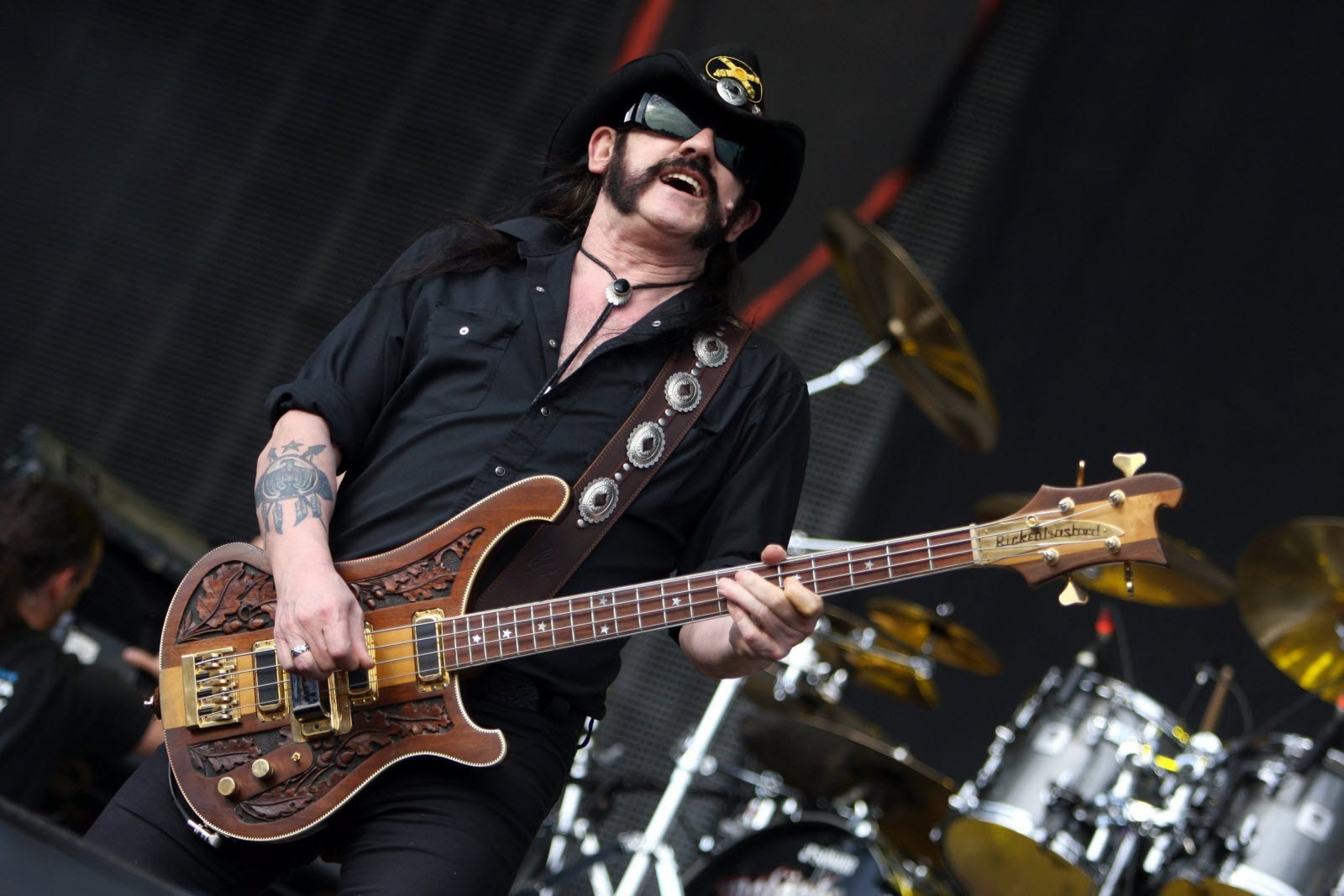

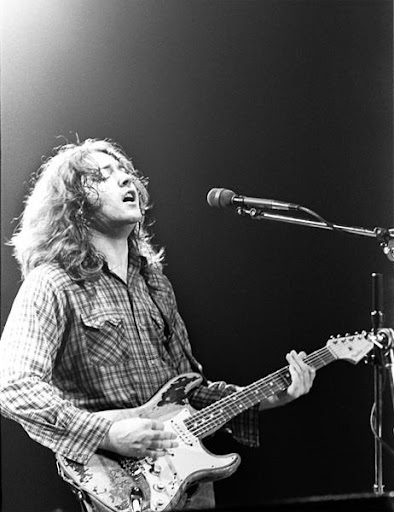
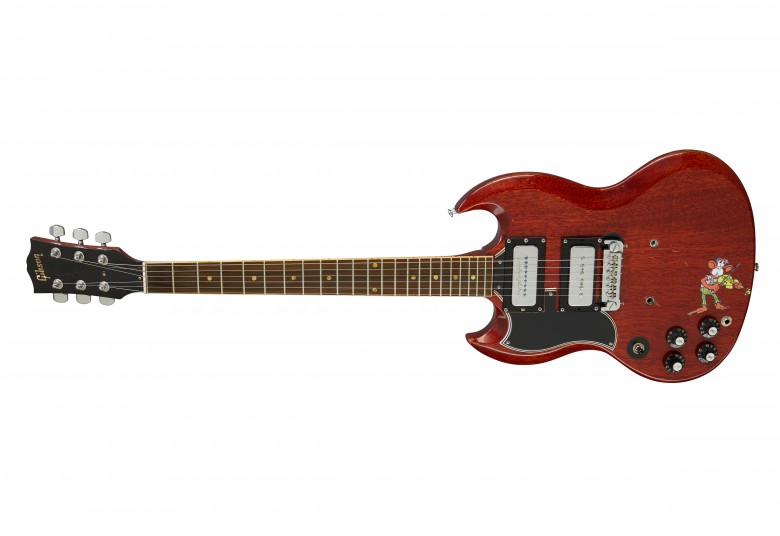



Ah je croyais que c'était la marque BURNS


Idéal pour le guitariste orgueilleux qui s'estime sévèrement burné !
Oui et avec le duo de la fameuse Debbie Stouquette !Monsieur-Hulot a écrit : ↑mer. 24 nov. 2021 08:48Idéale pour qui joue "Histoire merveilleuse" des Charlots ! (comme moi)







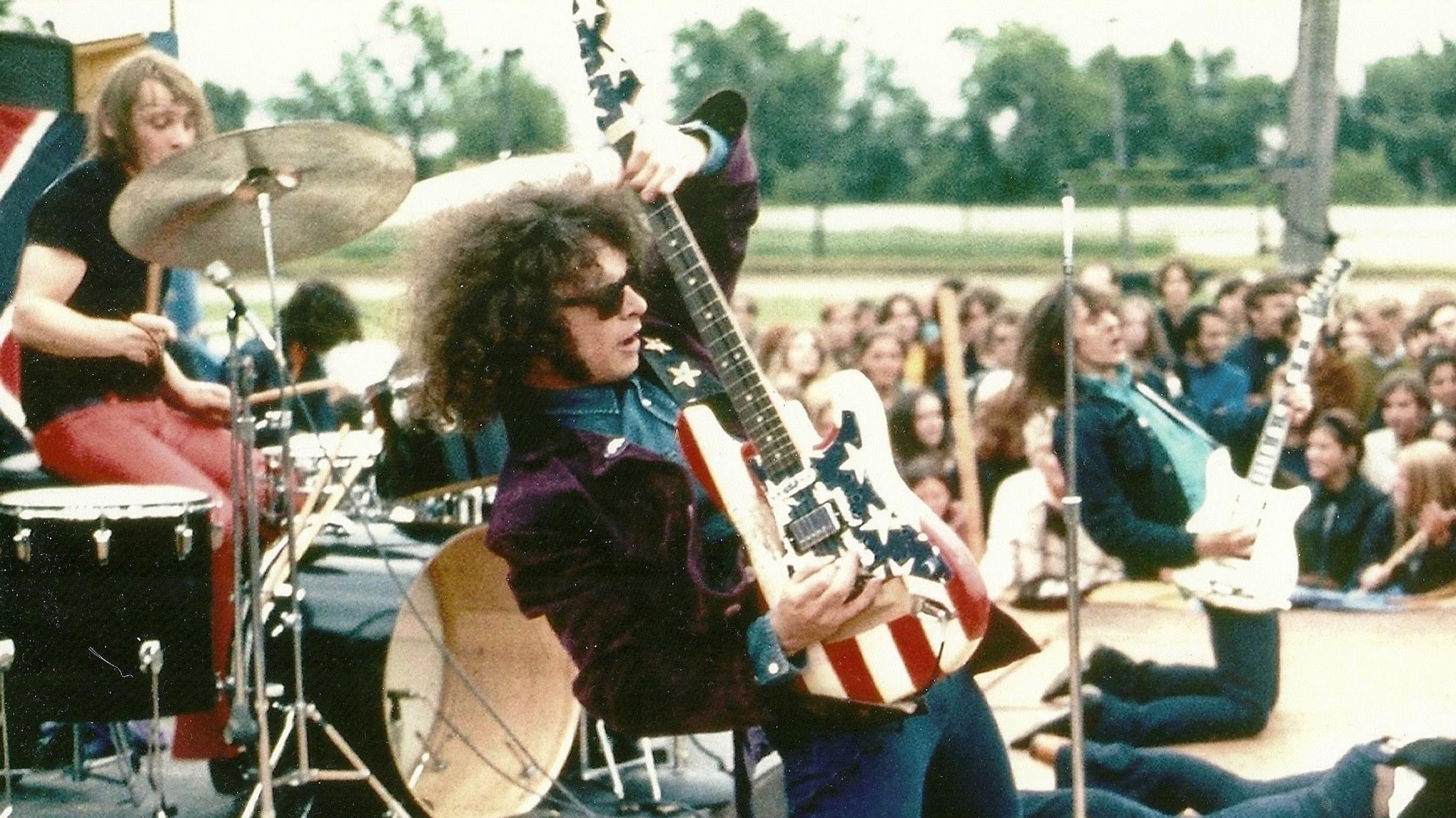
Marrant... parce qu'une des marques de fabrique de R.Buchanan, c'est le feedback/violoning... (parfaitement maîtrisé il est vrai...). Comme disait Jeff Beck, "Buchanan, c'est le guitariste pour les musiciens"...Algernon a écrit : ↑mer. 17 nov. 2021 13:01Un article, hélas en anglais pour certains, sur la carrière de Roy Buchanan, et un passage concerne l'histoire de la célèbre Telecaster, dont il a été question très récemment sur ce forum si aware.
https://www.loudersound.com/features/ro ... the-stones
To understand Buchanan’s impact on the history of the Fender Telecaster, you need to explore the guitar’s origins. Leo Fender, a lap steel and amplifier manufacturer based in Fullerton, California, began working on a solid body electric guitar concept in the late 1940s. Fender essentially took the design of his lap steels and adapted it into a six-string that could be played like a traditional ‘Spanish’ guitar.
Crucially, Fender didn’t play guitar himself. He approached the project as a problem solver. Existing guitars had big, hollow bodies. They had a tendency to squeal with electronic feedback when amplified, and their mahogany necks would likely as not snap if the guitar was dropped. Fender introduced a solid body to drastically reduce feedback, and introduced a bolt-on neck that could be replaced easily if damaged.
Christened the Esquire, the new single-pickup guitar was not your classic overnight success. Introduced at a trade show in 1950, it was savagely ridiculed, with one wag dubbing it “a toilet seat with strings…”
Later that year a two-pickup version, the Broadcaster, was launched. After a challenge from the Gretsch company, who made drums with a similar name, the guitar was renamed the Telecaster in 1952.Born in Ozark, Arkansas in 1939, Leroy ‘Buch’ Buchanan was a master of the Telecaster who elevated Leo Fender’s humble “working man’s” electric guitar to the level of a Stradivarius violin. It was Buchanan, along with fellow doomed genius Danny Gatton, who seeded the ongoing obsession with Telecaster tone. He pioneered the use of Fender’s first-born six-string’s volume and tone controls as on-board effects. Despite the massive developments in guitar technology in the 70s and 80s, Gatton and Buchanan proved that the most versatile solid-body electric guitar ever designed just happened to be the oldest and simplest.
Like Gatton, Buchanan was most famously associated with a 1953 Fender Telecaster. Nicknamed ‘Nancy’, this beaten-to-hell survivor has become as iconic as Buchanan himself.
